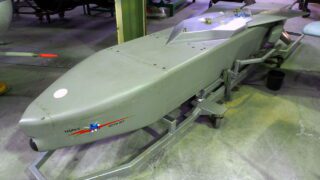Why the US Has No Long Range Air to Air Missiles
Why the US Has No Long Range Air to Air Missiles
Video Summary
The Soviets, for example, developed the R-33 missile, which had a range of up to 100 miles, and the US responded by developing the AIM-54 Phoenix to counter it. However, the R-33 had limited energy left after the initial phase, making it difficult to maneuver and hit agile targets. The range of missiles is also dependent on various factors, including atmospheric conditions, altitude, speed of the launching aircraft, and the flight path of the missile.
The US operated the AIM-54 Phoenix until 2004, and the F-14 Tomcat fighter, which was designed to shoot down Soviet bombers armed with long-range anti-ship missiles. However, with the retirement of the Tomcat, the longest-manned missile in service was the AIM-120 Advanced Medium-Range Air-to-Air Missile (AMRAAM), which had a fraction of the range of newer missiles like the Russian R-37 and Chinese PL-15.
The Advances in radar technology have also changed the game, with the introduction of phased arrays, which can detect targets at longer ranges than mechanical radars. Modern fighters like the F-35 can provide high-resolution data to other units, enabling longer-range missile shots. However, some US aircraft still carry older mechanical radars, which have limited range and capability.
The US has also faced challenges in developing long-range air-to-air missiles, with several programs being canceled and new ones being developed. The latest is the AIM-260, designed to be small enough to fit inside the F-22 and F-35, but with a longer range. However, the US is playing catch-up with China, which has already developed the PL-15 and PL-21, both with ranges exceeding 200 miles. This has become a common theme, with the US falling behind in military technology, particularly in air-to-air missile technology.





















